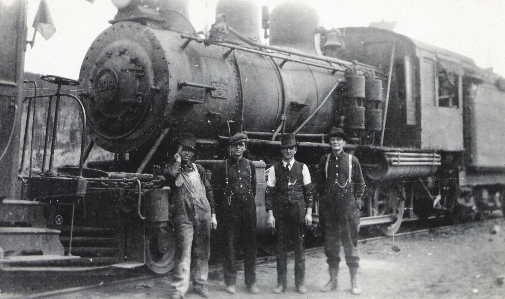This speech was given by the Honourable Christian Paradis, P.C., M.P., Canadian Minister of Natural Resources, on March 7, 2011 at the Prospector and Developers of Canada convention in Toronto, Canada.
Introduction
Good morning. Bon matin à tous.
Whether you’ve come here from across the country or around the world, I’m delighted to welcome you on behalf of Prime Minister Stephen Harper and the Government of Canada.
I want to thank Shawn Atleo, National Chief of the Assembly of First Nations, for being here. His presence demonstrates that Aboriginal people have a shared interest in mining and development of our resource sector. It also, in turn, reflects the importance of exploration and mining to Canada’s Aboriginal communities.
Let me also welcome Peter Van Loan, Canada’s Minister of International Trade. And I would like to bring special greetings to the Honourable Laurence Golborne, Minister of Mines for Chile.
Minister Golborne, like everyone in this room, I was elated by the rescue of those 33 trapped miners last fall. I was born and raised in a mining town, and I know the close bonds that form not just between miners themselves but among their families.
So you can bet I was cheering along with the rest of the world when those miners were reunited with their loved ones. The rescue was an inspiration to all of us. And I hope that spirit and inspiration finds its way into all our talks at this conference.
























